
Table of Contents
In the digital age, data is the new gold, and web scraping has emerged as a modern-day gold rush for businesses seeking to extract valuable insights for their business intelligence strategies. But much like the California Gold Rush of 1848, this data gold rush presents its own set of challenges, particularly in the realm of ethical data extraction and legal compliance. So, the question on every business intelligence professional’s mind is: How can we responsibly and legally tap into this vast data reservoir to fuel our business growth without getting ourselves into hot water?
This article, ‘Ethical Data Extraction: Navigating Legal Challenges in Web Scraping for Business Intelligence’, is your comprehensive guide to navigating the complex landscape of web scraping compliance. We promise to demystify the legal intricacies, provide practical tips, and arm you with the knowledge to harness the power of web scraping ethically and effectively for your business.
First, let’s agree on one thing: web scraping, when done right, is a powerful tool that can provide a wealth of data to drive informed decision-making. According to a report by Allied Market Research, the global web scraping market is projected to reach $1.6 billion by 2025, growing at a CAGR of 18.1% from 2018 to 2025. This growth is a testament to the immense potential of web scraping in transforming business intelligence.
However, the road to data riches is not without its potholes. Web scraping, when done without proper consideration for legal and ethical implications, can lead to serious consequences. From cease and desist letters to hefty fines and even lawsuits, the risks are real. A high-profile example is the case of LinkedIn vs. HiQ Labs, where LinkedIn sued HiQ Labs for scraping public profiles, highlighting the legal gray areas that businesses must navigate.
So, what can you expect to gain from this article? By the end of this comprehensive guide, you will have a clear understanding of the legal landscape surrounding web scraping, including key laws and regulations to consider. We will delve into the concept of ethical data extraction, providing you with a framework to ensure your data extraction practices align with your organization’s values and industry standards. Moreover, we will provide practical tips on how to stay on the right side of the law, including best practices for web scraping compliance.
Are you ready to turn the legal and ethical challenges of web scraping into opportunities for your business? Let’s dive in and explore the fascinating world of ethical data extraction.
Harvesting Insights Responsibly: A Comprehensive Guide to Ethical Data Extraction for Business Intelligence
In the digital age, data has emerged as the new gold, fueling business intelligence and driving informed decision-making. However, the extraction and use of this data must be approached with the utmost responsibility and ethical consideration. This comprehensive guide, ‘Harvesting Insights Responsibly’, navigates the complex landscape of ethical data extraction for business intelligence. We delve into the intricacies of data privacy, exploring the legal frameworks that protect individual rights, such as GDPR and CCPA. We discuss the importance of transparency, ensuring users are aware of data collection and its purpose. We also explore the concept of data minimization, advocating for the collection of only necessary data to respect users’ privacy. Furthermore, we explore the ethical implications of data usage, including potential biases and the responsible interpretation of results. This guide is not just about adhering to regulations; it’s about fostering trust, respecting users, and ensuring that data is a force for good in the business world. Let’s embark on this journey to harvest insights responsibly.
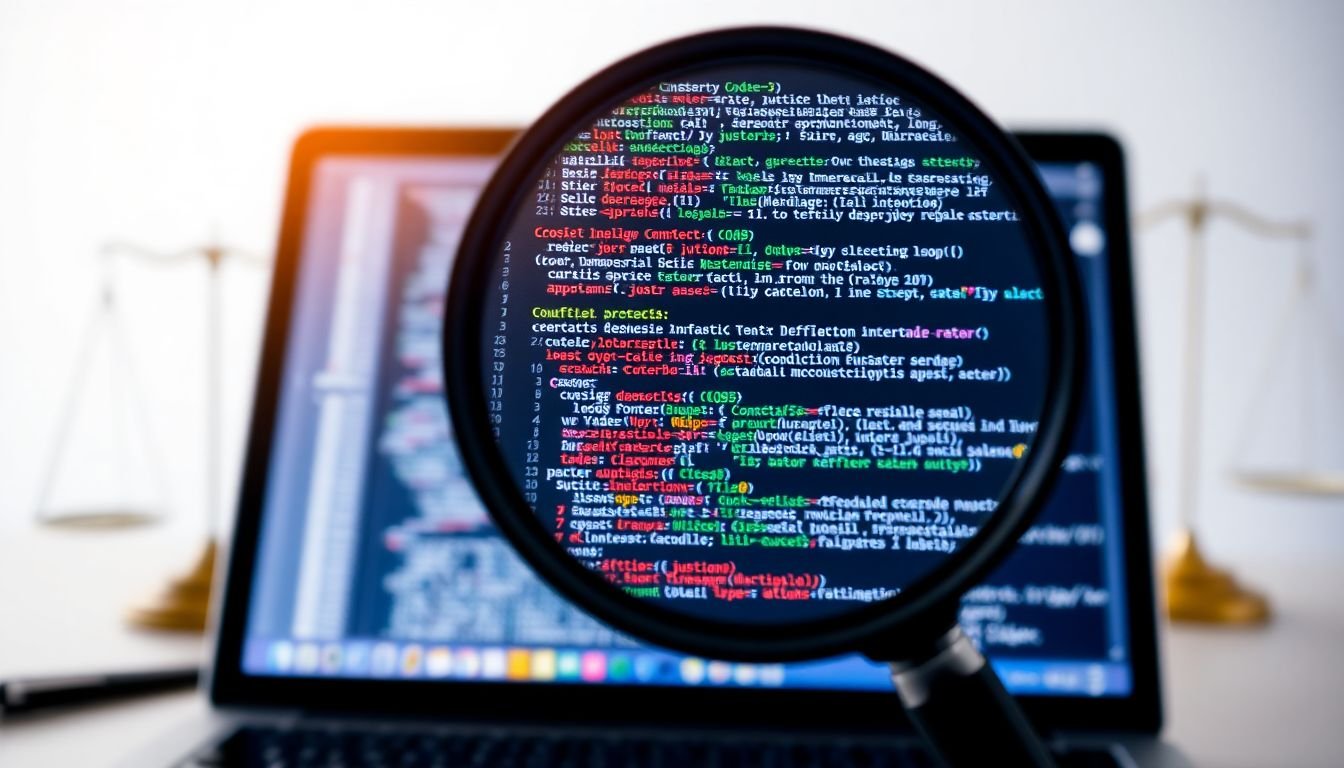
Understanding Web Scraping and Its Role in Business Intelligence
Web scraping, in its simplest form, is like sending a robot to automatically extract information from websites. This robot, or ‘scraper’, follows the same steps a human would to gather data: it loads a webpage, reads its content, and then extracts the desired information. This process is particularly useful in business intelligence, where understanding market trends, competitor activities, and customer sentiments is crucial.
The importance of web scraping in business intelligence lies in its ability to collect vast amounts of data quickly and efficiently. It can help businesses monitor their online presence, track product prices, analyze customer reviews, and even predict market trends. For instance, a retail company can use web scraping to track its competitors’ prices, enabling it to adjust its own pricing strategy accordingly.
However, while web scraping can be a powerful tool, it’s not without its ethical considerations. The key difference between ethical and unethical web scraping lies in how the data is collected and used.
Ethical web scraping, also known as web harvesting, involves respecting the website’s terms of service and robots.txt rules. These rules, often found in a website’s code, specify how a website wants to be scraped. For example, a website might allow scraping of its public data but disallow scraping of its user-generated content. Respecting these rules helps maintain the website’s performance and user experience.
Unethical web scraping, on the other hand, involves ignoring these rules. This can lead to overloading the website’s server, slowing down its performance, or even crashing it. Moreover, it can infringe on user privacy if personal data is scraped without consent. Therefore, it’s crucial for businesses to ensure their web scraping activities are ethical and respect the website’s rules.
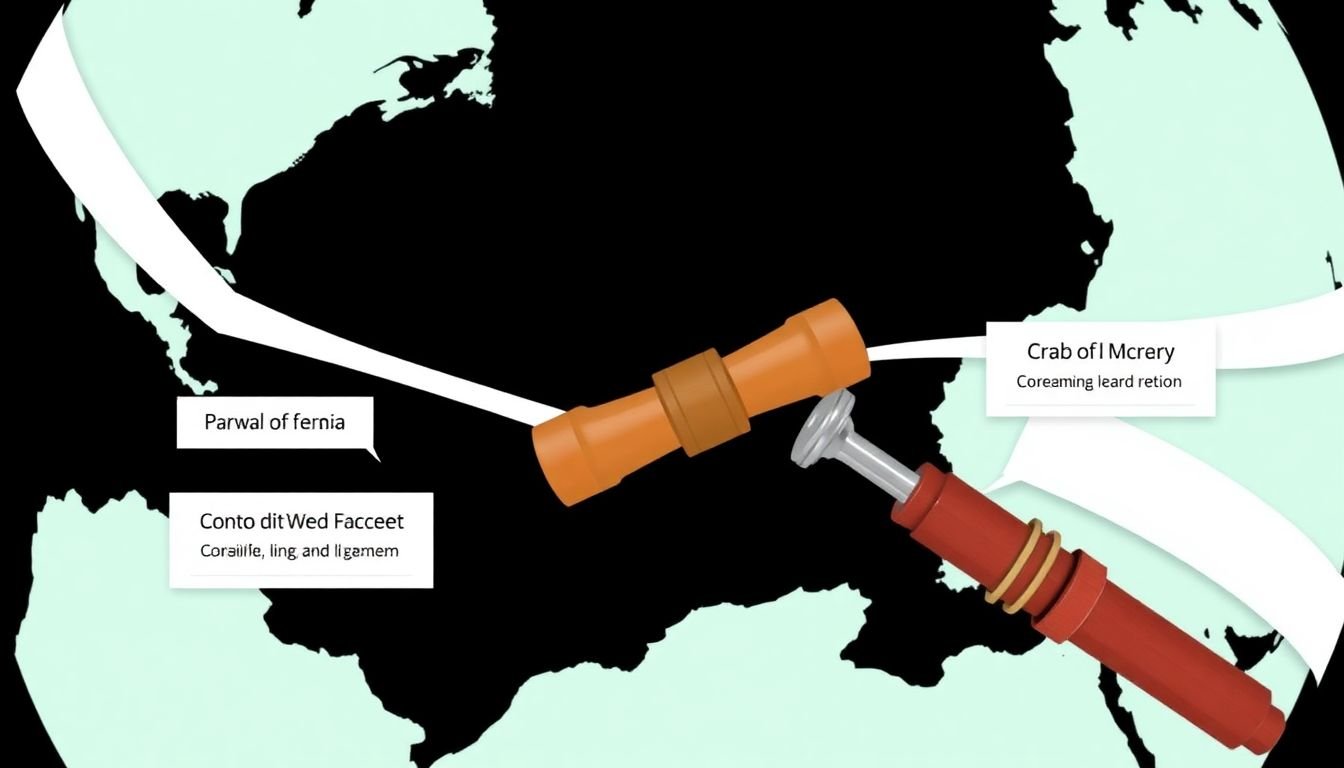
The Legal Landscape of Web Scraping
Web scraping, the automated extraction of data from websites, has become a contentious issue in the digital age, sparking debates and legal questions worldwide. The legal landscape of web scraping is complex and multifaceted, with various laws and regulations coming into play. Let’s delve into some of the key legal aspects.
The Computer Fraud and Abuse Act (CFAA) is a significant U.S. federal law that often intersects with web scraping. Enacted in 1986, the CFAA makes it a crime to access a computer without authorization or exceed authorized access. In the context of web scraping, this could potentially apply to scraping data from websites without permission. However, the interpretation of ‘without authorization’ or ‘exceed authorized access’ has been a subject of debate, with some courts ruling that scraping publicly available data does not violate the CFAA.
The Digital Millennium Copyright Act (DMCA) is another crucial law to consider. The DMCA makes it illegal to circumvent technological protection measures, such as password protection or encryption, to access copyrighted works. While web scraping itself is not prohibited, using scraped data in violation of copyright laws could lead to DMCA-related issues.
On a global scale, local data protection regulations also play a significant role. The General Data Protection Regulation (GDPR) in the EU and the California Consumer Privacy Act (CCPA) in the U.S. are prime examples. Both regulations grant individuals control over their personal data and impose strict rules on how organizations handle and process this data. Web scraping activities that involve personal data must comply with these regulations, including obtaining consent, providing transparency, and implementing robust security measures.
In conclusion, the legal landscape of web scraping is intricate and evolving, shaped by various laws and regulations. It’s crucial for individuals and organizations engaging in web scraping to understand and comply with these legal requirements to avoid potential legal repercussions. As always, if you’re unsure, it’s best to consult with a legal professional.
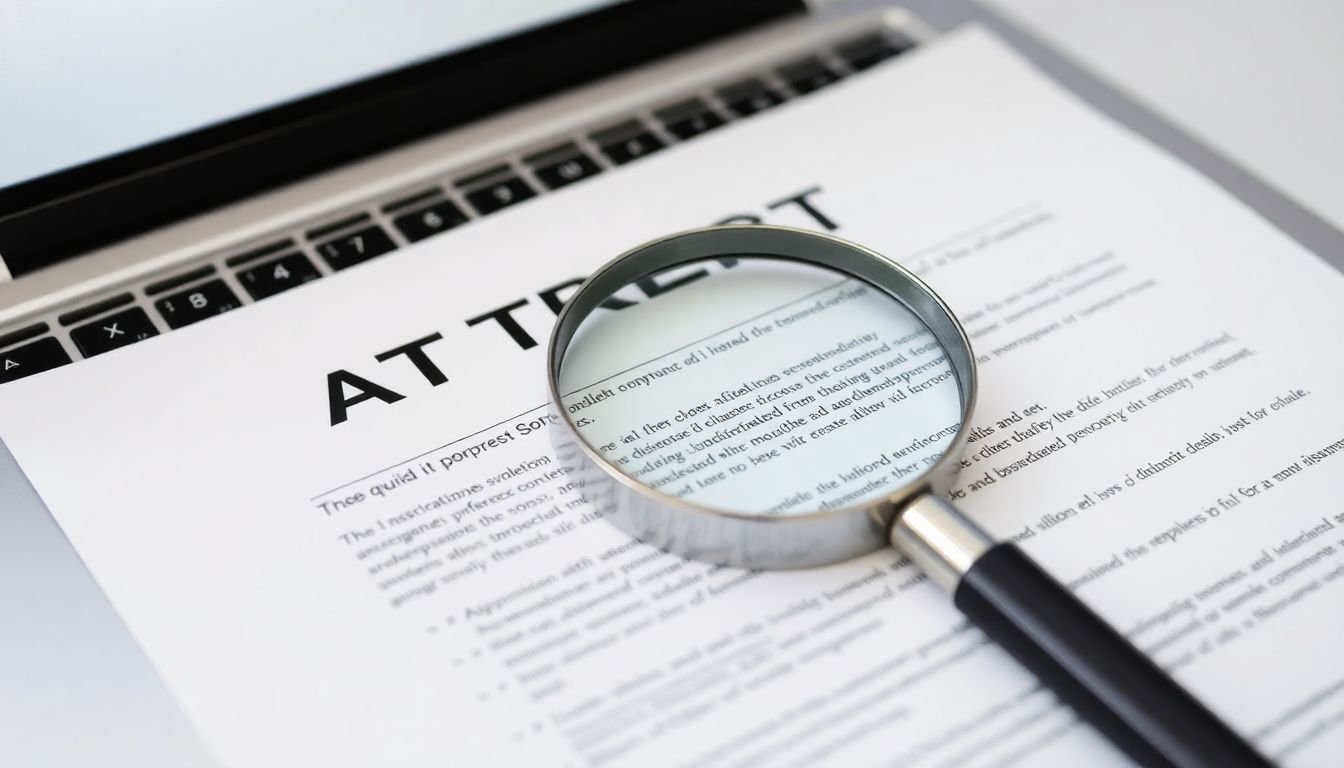
Terms of Service: Friend or Foe?
In the digital age, terms of service (ToS) agreements are ubiquitous, governing our interactions with websites and online platforms. But when it comes to web scraping, these agreements often find themselves in the spotlight, sparking the age-old question: ‘Terms of Service: Friend or Foe?’
ToS agreements are legally binding contracts between a service provider and its users. They outline the rights and responsibilities of both parties, creating a framework for interaction. In the context of web scraping, they can serve as a double-edged sword. On one hand, they can be used to protect website owners by prohibiting certain scraping activities that could harm their site’s functionality or data integrity. On the other hand, they can also protect scrapers by providing a clear understanding of what is and isn’t allowed, preventing potential legal disputes.
Let’s delve into the role of ToS in web scraping and explore how they can be used to protect both parties involved.
Firstly, ToS agreements can be a powerful tool for website owners to safeguard their data and resources. They can include clauses that restrict or prohibit web scraping activities that could potentially harm the site. For instance, they might limit the rate at which data can be accessed, or prohibit scraping during peak hours to prevent server overload. By clearly stating these restrictions, website owners can deter malicious scraping activities and protect their site’s performance.
However, it’s crucial for website owners to ensure that their ToS are fair and reasonable. Overly restrictive clauses could potentially discourage beneficial scraping activities, such as those conducted by academic researchers or startups developing useful tools. Moreover, overly broad restrictions could potentially infringe upon users’ rights, raising legal concerns.
For web scrapers, ToS agreements can also be beneficial. They provide a clear understanding of what is and isn’t allowed, helping scrapers to stay within the bounds of the law. By adhering to the terms outlined in the ToS, scrapers can avoid potential legal disputes and maintain a positive reputation. Moreover, ToS agreements can also provide valuable insights into the data that can be legally accessed, guiding scrapers towards useful and relevant information.
However, it’s important to note that while ToS agreements are legally binding, they are not the be-all and end-all of web scraping legality. They must be read in conjunction with other legal considerations, such as copyright law and data protection regulations. Moreover, they are not enforceable if they violate these laws or if they are deemed unconscionable or against public policy.
In conclusion, ToS agreements play a significant role in web scraping, serving as a tool for both protection and guidance. They can be used to safeguard website owners’ data and resources, while also providing scrapers with a clear understanding of what is and isn’t allowed. However, they must be used responsibly and in conjunction with other legal considerations to ensure fairness, reasonableness, and compliance with the law.

Respecting Robots.txt and Meta Tags
In the intricate dance of web interaction, two unsung heroes play pivotal roles in maintaining harmony between web scrapers and website owners: the humble robots.txt file and the often overlooked meta tags. Let’s delve into their roles and why respecting them is not just a courtesy, but a cornerstone of ethical data extraction.
Robots.txt: The Web’s Gatekeeper Nestled in the root directory of most websites, the robots.txt file serves as a traffic cop, guiding web robots, or ‘bots’, on what they can and can’t access. It’s written in a simple, plaintext format, using rules defined by the Robots Exclusion Standard. Here’s a quick rundown of how it works:
- It uses ‘User-agent’ lines to specify which bots the rules apply to. A wildcard (*) can be used to apply rules to all bots.
- It employs ‘Disallow’ lines to prohibit bots from accessing specific directories or pages.
- It can also include ‘Allow’ lines to explicitly permit access to certain paths.
Respecting robots.txt is crucial for several reasons. Firstly, it’s a clear indication from the website owner about what data they’re comfortable sharing. Secondly, ignoring it can lead to your IP being blocked, or even legal consequences. Moreover, it helps maintain the website’s performance by not overwhelming it with unnecessary requests.
Meta Tags: The Website’s Wishlist Meta tags, on the other hand, are HTML tags that provide metadata about the HTML document. They’re placed in the head section of an HTML document and can’t be seen on the webpage itself, but they’re crucial for search engines and web scrapers. Two key meta tags for scrapers are ‘robots’ and ‘noindex’. The ‘robots’ meta tag can override or supplement the rules in robots.txt, providing more specific instructions. It can tell bots not to index a page (‘noindex’), or not to follow links on a page (‘nofollow’). The ‘noindex’ tag is particularly useful for web scrapers, as it indicates that a page’s content shouldn’t be indexed or cached. Respecting meta tags is vital for maintaining the website’s intended functionality and user experience. For instance, ‘noindex’ tags are often used to hide sensitive or duplicate content from search engines. Scraping and indexing such content could lead to privacy issues or search engine penalties. In conclusion, respecting robots.txt and meta tags is not just about adhering to rules; it’s about respecting the website owner’s wishes, maintaining the website’s performance, and ensuring ethical data extraction. After all, the web is a shared space, and respect is the key to harmonious coexistence.

Scraping Public Data: A Safe Haven or a Legal Gray Area?
Scraping public data, a practice that has become increasingly common in the digital age, often finds itself in a legal gray area. The legality of data scraping is a complex issue that varies depending on jurisdiction and the specific circumstances. At its core, data scraping involves extracting information from websites or databases, often for personal or commercial use. The question that arises is: when is it safe to scrape without explicit permission? Let’s first consider the concept of the ‘public domain’. Information that is publicly available and accessible to anyone is generally considered to be in the public domain. This means that it is not protected by copyright or other intellectual property laws. However, the legality of scraping this data is not as straightforward as it might seem. While the data itself may be public, the method by which it is accessed can sometimes infringe upon the rights of the website owner. For instance, scraping data in a way that violates the website’s terms of service, or using automated means to overwhelm the site’s server, can be considered illegal. This is because these actions can be seen as a form of cyber trespassing or even cyber vandalism. Moreover, some jurisdictions have specific laws against data scraping, such as the Computer Fraud and Abuse Act in the United States. So, when is it safe to scrape without explicit permission? The general rule of thumb is that if the data is publicly available and you are accessing it in a way that does not violate the website’s terms of service or cause harm to the site, then it is likely safe to scrape. However, it’s always a good idea to consult with a legal professional if you are unsure about the legality of your actions. In conclusion, while the public domain offers a safe haven for data scraping in theory, the practical application is often more complex. It’s crucial to understand the legal implications and respect the rights of website owners. After all, the internet is a shared space, and our actions online should reflect that.

Obtaining Permission: When and How to Ask
In the digital age, data is the new gold, and sometimes, we need to mine it from sources that aren’t our own. But before you start scraping data, it’s crucial to understand when and how to ask for permission. This isn’t just about etiquette; it’s about respecting others’ work, privacy, and legal rights.
Firstly, let’s establish when you need to ask for permission. If the data is publicly available and there are no terms of service restricting scraping, you might be in the clear. However, if the data is behind a login, or if scraping could harm the website’s performance, it’s time to pick up that digital pen and write a polite request.
Now, let’s talk about how to craft a compelling request. Start by identifying the right person to contact. This could be the website’s owner, the data provider, or the company’s legal department. A simple web search or a look at the website’s ‘About’ or ‘Contact’ page should point you in the right direction.
Once you’ve found the right person, it’s time to write your request. Be clear, concise, and polite. Explain who you are, what data you’re interested in, and why you need it. Here’s a simple template to get you started:
- Start with a polite greeting and introduction.
- Explain what data you’re interested in and why you need it.
- Describe how you plan to use the data. Be specific about any potential benefits or outcomes.
- Assure them that you’ll respect their terms of service and comply with any legal requirements.
- Provide your contact information in case they have any questions.
- End with a polite closing and thank them for their time.
Remember, the goal is to build a relationship, not just to get what you want. Be respectful, be clear, and be patient. After all, you’re asking for a favor, and it’s important to treat it as such. Happy scraping!

Data Anonymization and Privacy Concerns
In the digital age, web scraping has become an invaluable tool for extracting and analyzing data from websites. However, it also raises significant privacy concerns, making data anonymization a critical aspect of this process. Web scraping often involves collecting personal data, which, if not handled properly, can lead to privacy breaches and legal repercussions. This is where data anonymization comes into play, serving as a shield for user privacy and a means to comply with stringent data protection regulations. Data anonymization is the process of removing or altering personally identifiable information (PII) from a dataset, making it impossible to trace back to the original individual. This is particularly important in web scraping, as the data collected can include sensitive information such as names, addresses, phone numbers, and even browsing history. By anonymizing this data, we can ensure that it cannot be used to identify or track individuals, thereby protecting their privacy. There are several techniques to achieve data anonymization in web scraping. One of the most common methods is data generalization. This involves aggregating or rounding data to a level that makes it impossible to identify an individual. For instance, instead of using a specific date of birth, the data could be generalized to an age range. Another technique is data suppression, where certain sensitive data fields are completely removed from the dataset. Pseudonymization is another effective method. This involves replacing personally identifiable information with artificial identifiers, or pseudonyms. These pseudonyms have no meaningful relationship to the individuals they represent, ensuring that the data remains anonymous. However, it’s crucial to note that pseudonymization alone is not enough to fully anonymize data. It must be combined with other techniques to ensure robust privacy protection. Moreover, it’s not just about the data itself; the process of web scraping should also be designed with privacy in mind. This includes respecting website terms of service, using robots.txt files to adhere to scraping restrictions, and implementing rate limiting to avoid overwhelming servers with requests. Additionally, it’s essential to comply with data protection regulations such as GDPR, CCPA, and other local laws, which impose strict rules on how personal data should be handled. In conclusion, data anonymization is not just a best practice in web scraping; it’s a necessity. It’s our responsibility as data collectors and analysts to ensure that the data we handle does not compromise the privacy of individuals. By implementing robust anonymization techniques and adhering to data protection regulations, we can scrape data responsibly, ensuring that it remains useful for analysis while respecting the privacy of those from whom it was collected.
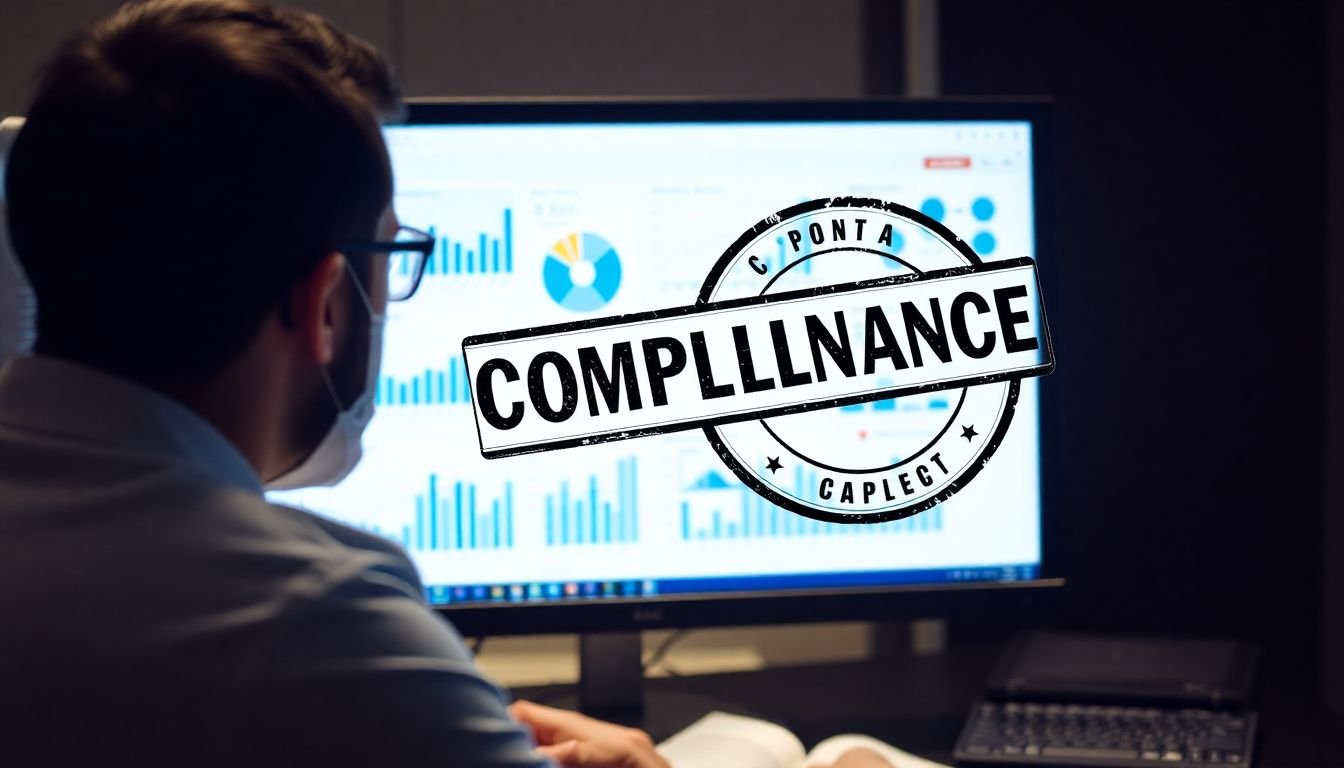
Monitoring and Auditing Your Scraping Activities
Web scraping, a powerful tool for data extraction, can revolutionize research, analytics, and decision-making processes. However, it’s not without its challenges. Ensuring ongoing compliance and ethical data extraction is a critical aspect of web scraping activities that often goes overlooked. This is where monitoring and auditing come into play.
Monitoring your scraping activities involves keeping a close eye on your bots’ behavior. This includes tracking the frequency and volume of requests, the URLs being scraped, and the data being extracted. By doing so, you can ensure that your scraping activities are not overwhelming the target server, which could lead to IP blocking or even legal consequences. Moreover, monitoring helps you identify any anomalies or unexpected behavior, which could indicate a security breach or a malfunctioning bot.
Auditing, on the other hand, is about periodically reviewing your scraping activities to ensure they align with your organization’s policies and ethical guidelines. This could involve checking that your bots are respecting the target website’s `robots.txt` file and terms of service, that they are not extracting sensitive data, and that they are not violating any data protection laws. Auditing also provides an opportunity to assess the quality and relevance of the data being extracted, ensuring that it meets your organization’s needs.
To effectively monitor and audit your scraping activities, consider the following steps:
- Set Clear Scraping Guidelines: Clearly define what data can be scraped, how often, and from where.
- Implement Rate Limiting: Limit the number of requests your bots make to prevent overwhelming the target server.
- Regularly Review Logs: Periodically check your bots’ logs to identify any unusual activity.
- Conduct Periodic Audits: Regularly review your scraping activities to ensure they align with your organization’s policies and ethical guidelines.
By following these steps, you can ensure that your web scraping activities remain compliant, ethical, and beneficial to your organization.
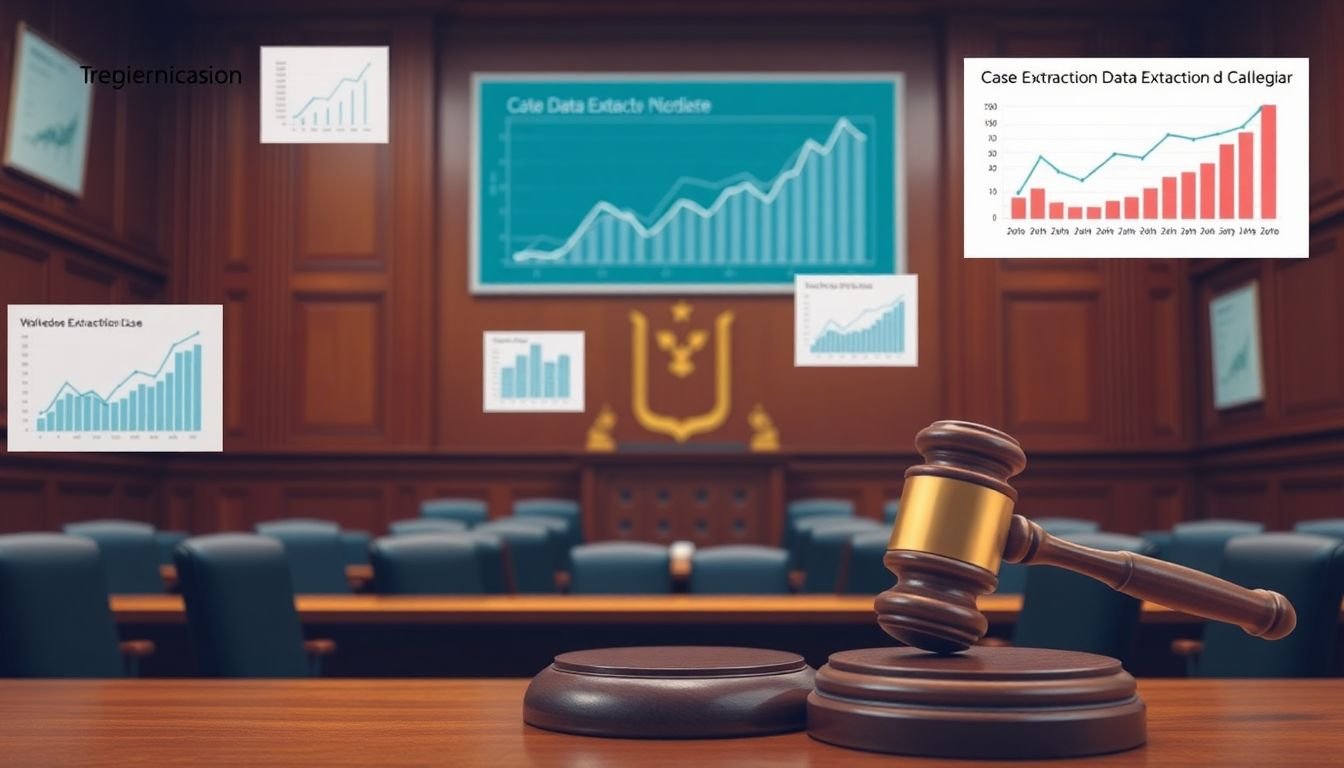
Case Studies: Lessons Learned from Real-World Scenarios
In the dynamic realm of web scraping, real-world scenarios often serve as the most insightful teachers. Let’s delve into two case studies, one successful and one not, to extract the lessons learned and best practices that can guide your web scraping endeavors.
**Case Study 1: The Successful Scraper
- ‘BookScraper’ BookScraper, a web scraping project aimed at extracting book data from a popular online retailer, is a testament to successful web scraping. Here’s how they did it:
- Respecting Robots.txt: They adhered to the website’s robots.txt file, respecting the rules set by the website owners. This ensured they didn’t violate any terms of service.
- Rate Limiting and Rotation: BookScraper implemented rate limiting to avoid overwhelming the server with requests. They also rotated user-agents and IP addresses to mimic human behavior.
- Data Validation and Cleaning: They validated and cleaned the extracted data to ensure its accuracy and usability. This step is often overlooked but crucial for meaningful analysis.
Case Study 2: The Unsuccessful Scraper
Both case studies highlight the importance of understanding the target website, respecting its rules, implementing best practices like rate limiting and data validation, and learning from both successes and failures. By doing so, we can all become more effective and responsible web scrapers.
FAQ
What is ethical data extraction and why is it crucial in web scraping for business intelligence?
What are the key legal considerations when engaging in web scraping for business intelligence?
- Respecting the website’s robots.txt file and terms of service, which outline allowed scraping activities.
- Adhering to copyright laws and fair use principles to avoid infringement.
- Complying with data protection regulations, such as GDPR, if the scraped data contains personal information.
- Avoiding fraudulent or malicious activities, like scraping for competitive advantage or causing damage to the website.
How can businesses ensure they are compliant with a website’s terms of service when web scraping?
- Carefully review and understand the terms of service and robots.txt file.
- Limit the frequency and volume of scraping to avoid overwhelming the website’s server or causing disruption.
- Respect any specified data formats or APIs for data extraction, if provided.
- Regularly monitor and update scraping activities to adapt to changes in the terms of service.
What is the difference between web scraping and using APIs for data extraction?
- Web scraping involves automatically extracting data from a website’s HTML, CSS, and JavaScript, often requiring bypassing access controls and potentially violating terms of service.
- APIs, on the other hand, are purposefully provided by website owners to allow structured data access, usually with rate limits and terms of use. Using APIs is generally more legal and efficient, but may not provide the same flexibility as web scraping.
How can businesses mitigate the risk of copyright infringement when web scraping?
- Ensure that the scraped data is not substantially similar to the copyrighted work, and use it for non-infringing purposes, such as analysis or internal use.
- Limit the amount of data scraped to what is necessary for the intended purpose.
- Consider using data aggregation services or APIs, if available, to avoid directly copying copyrighted content.
- Consult with legal professionals to assess the specific risks and potential defenses in case of infringement claims.
What role do data protection regulations, like GDPR, play in web scraping for business intelligence?
- Obtain proper consent for data collection and processing, if required.
- Implement appropriate technical and organizational measures to protect personal data.
- Respect individuals’ rights to access, correct, or delete their personal data.
- Notify data subjects and supervisory authorities in case of data breaches.
Even if the data is publicly available, it may still be subject to data protection laws.
How can businesses monitor and enforce ethical data extraction practices within their organization?
- Establish clear policies and guidelines for web scraping activities.
- Provide regular training to employees on legal and ethical aspects of web scraping.
- Implement technical controls, such as rate limits and access restrictions, to prevent excessive or unauthorized scraping.
- Conduct regular audits to assess compliance with established policies and legal requirements.
- Encourage a culture of ethical behavior and responsibility among employees.
What are some best practices for responsible web scraping in the context of business intelligence?
- Respecting the website’s terms of service and robots.txt file.
- Limiting the frequency and volume of scraping to minimize impact on the website’s performance.
- Using rotating IP addresses or proxies to distribute scraping requests and avoid IP blocking.
- Implementing error handling and retries to manage temporary website issues or rate limits.
- Storing and processing data securely, ensuring compliance with relevant data protection regulations.
How can businesses handle situations where a website blocks or limits their web scraping activities?
- Review and ensure compliance with the website’s terms of service and robots.txt file.
- Attempt to contact the website owner to discuss the issue and negotiate access, if appropriate.
- Explore alternative data sources, such as APIs or data feeds, if available.
- Consider using web scraping tools that support rotation of IP addresses or proxies, or that can handle captchas.
- Refrain from aggressive or persistent scraping attempts that may cause further blocking or damage to the website.
What are the potential consequences of unethical or illegal web scraping for business intelligence?
- Legal action, such as lawsuits or fines, for violating terms of service, copyright laws, or data protection regulations.
- Damage to the business’s reputation, leading to loss of customer trust and potential boycotts.
- Criminal charges, in severe cases, such as when scraping activities involve fraud, hacking, or identity theft.
- Compromised data security, if the scraped data is sensitive or personal, leading to further legal and reputational risks.
Therefore, it’s crucial for businesses to prioritize ethical and legal data extraction practices.